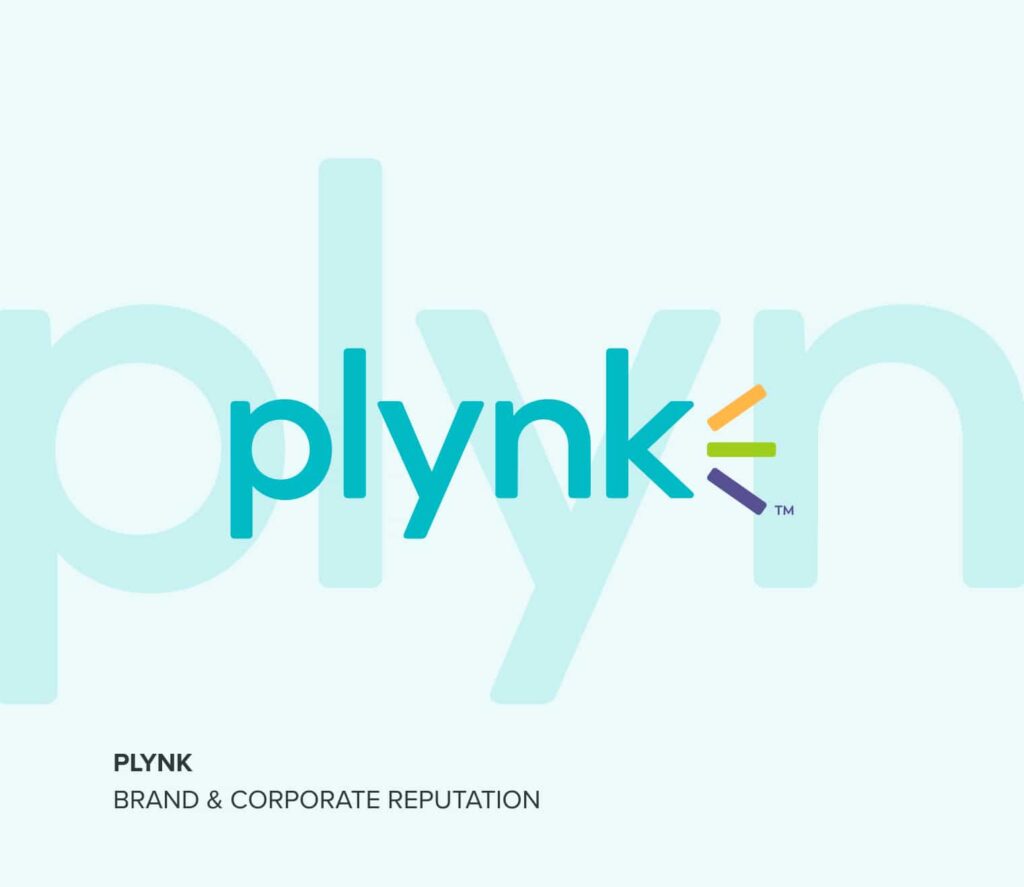Previously published on July 5, 2022 in
By Milton Ezrati, Chief Economist at Vested
Since the Federal Reserve began its counter-inflation effort in March, it has acted forcefully. It has raised its benchmark federal funds interest rate by 1.5 percentage points and reversed its long-standing program of quantitative easing.
Instead of buying bonds to inject money into the financial system, it has begun to withdraw some of those inflationary monies by selling from the hoard of securities it had built up previously. And the Fed has promised to continue withdrawing liquidity and raising interest rates until inflation comes under control.
But, in no small part, because its tardy response to inflation last year eroded public confidence, the Fed now faces an especially tough fight.
This issue of confidence is important. Without it, people will come to expect inflation and alter their behavior accordingly. Workers, for example, will demand wage gains to get a jump on expected increases in the cost of living, and managers will grant them readily, confident that they can make up the effect on the bottom line with price increases.
Inflation, in this way, will gain a life of its own, and as the experience of the Great Inflation in the 1970s and 1980s showed, it will become that much harder to bring under control. Reestablishing confidence now is as important to the anti-inflation fight as future interest rate increases and other technical policy moves.
Fed behavior last year was indeed confidence-killing. Policymakers surely could see that as much as supply chain issues had an effect, price pressures had roots in years of near-zero interest rate policies and waves of quantitative easing. There could be no mistaking how these practices had financed huge government deficits with new money, the digital version of running the printing press, and a classic prescription for inflation.
Yet even as price pressures gained force, Fed Chairman Jerome Powell chose to ignore this fact and carry on with an easy monetary policy. He insisted for months in front of Congress and the public that the inflation trend was “transitory.” He blamed it on everything but these underlying forces.
Powell wasn’t the only one at fault. Treasury Secretary Janet Yellen echoed him. Even President Joe Biden, as late as last fall, claimed that the recent inflationary surge was “expected” by his “experts” and is expected to abate. Biden’s claim that all was expected was suspect even at the time because no such inflation surge appeared in either earlier Fed forecasts or the White House’s own budget.
Powell only “retired” the word “transitory” early this year. The White House continues to ignore the underlying pressure and blame inflation on Russian President Vladimir Putin.
Because this year of gaslighting—intentional or otherwise—has prompted people to question the policymakers’ ability and willingness to deal with the matter, the Fed will now need to make especially forceful counter-inflationary moves. It would also help if the Fed were to publicly acknowledge the inflationary effect of past policies.
If Powell were to state unequivocally that it was inflationary to buy roughly $5 trillion in new federal debt, as the Fed has in the past couple of years, it would reassure people that monetary policymakers have no intention of returning to such highly inflationary practices.
Also, by putting politicians on notice that they’ll no longer have such financial help in the future, this kind of admission by the Fed might also offer some hope of restoring the fiscal discipline that has clearly been absent from government spending practices and has also contributed to inflationary pressures.
Had the Fed acted promptly in 2021, when the inflation problem first became evident, it would now be in a much better position than it is. It would not only have a year of counter-inflationary action behind it, but it would also be riding a wave of confidence that would keep inflationary expectations at bay. Because the Fed failed, it now must overcome lingering doubts about both its abilities and its will to do what’s necessary.
Powell is beginning to show that he has that level of determination, but because of last year’s antics, doubts remain. Those doubts will rise again as the negative economic effects of ant-inflationary monetary policies become more evident, and the Fed comes under political pressure to change course. Hopefully, the Fed will do better on this future test than in the one it failed in 2021.


